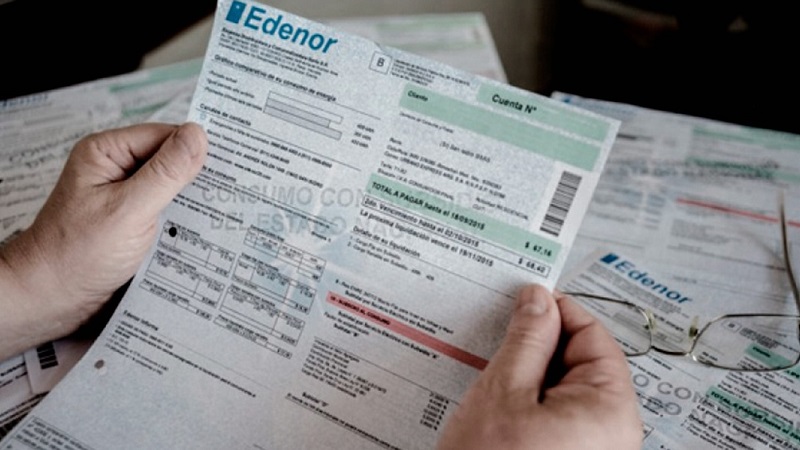
The government advances in removal of economic subsidies to energy to meet the fiscal goals of the agreement with the International Monetary Fund (IMF). This Thursday, the Secretary of Energy published Resolution 54/2023 that increases the prices of the Wholesale Electricity Market (MEM) and will be transferred directly to the final electricity rates paid by residential, commercial and industrial users.
The values are given within the framework of the “Summer Quarterly Rescheduling”, and are valid for the period between February 1 and April 30. It is a component of the value of the tariff (the wholesaler), which also includes transport, distribution and taxes.
The definition of the adjustment in subsidies, started with Martin Guzman and deepened by Sergio Massa (with the endorsement of Alberto Fernandez and Cristina Fernandez), is that the cut made is charged to the final rate paid by consumers.
It is that the removal of economic subsidies to companies is falsely presented by the latter and by the Government itself as a removal from users, and for this reason it requires that the amount of the subsidy identified as “National State Subsidy” be expressed on the invoices. . However, the ones that are subsidized are the company profitsthat at no time since his privatization in the 1990s they have been questioned.
For the residential users it is calculated that the increase in the average rate would be 14% (18% in the case of CABA) and could reach 36% for Tier 1 residential users (with higher incomes. Industry would have an average increase of 9% and businesses 10%.
Although the increase was already planned, and the Government suggests that it is the last increase, specialists in the sector indicate that the tariff adjustment will continue since the segmentation process would not be completed. Nor are increases in the transportation and distribution sections ruled out to finance the profits of the latter (such as Edenor and Edesur in AMBA, and those that operate in the different provinces of the country).

The purpose of the government is continue the fiscal adjustment to meet the target of primary deficit of 1.9% of GDP in 2023 of the Extended Facilities Agreement signed with the IMF, after having exceeded the goal in 2022, reaching a 2.4% fiscal deficit. Massa continues to do the homework that speculators and big capital like. According to calculations of Julian Redeconomist of the Argentine Institute of Energy General Mosconiwould imply a “fiscal saving” of US$115 million for the February-April quarter, or $23 billion.
The consequences are also to continue feeding inflation, since energy is also part of the production cost of a large part of the merchandise.
What will be the increase for residential users
These increases correspond to the part of the energy bill. In the Metropolitan Area of Buenos Aires They represent around 50% of the final price paid by consumers, who will be more affected since in other provinces it has a weight of less than 20%.
The following are some estimates of the impact according to household segmentation:
- Tier 2 Homes: category that includes those with lower income or who have some type of social assistance, the rate will not change.
- Tier 1 Homes: users considered of greater purchasing power what could not be scored in the Registry of Access to Energy Subsidies (RASE), the price increase will be between 36.1% and 38.1%. Is a 40% reduction of the subsidy which was in force.
- Households Level 3: middle income users, will have approximate increases of 26% for a block of consumption in excess of demand (the Government subsidizes up to a monthly consumption of 400 kWh for a large part of the country, with some exceptions for provinces).
Source: www.laizquierdadiario.com

